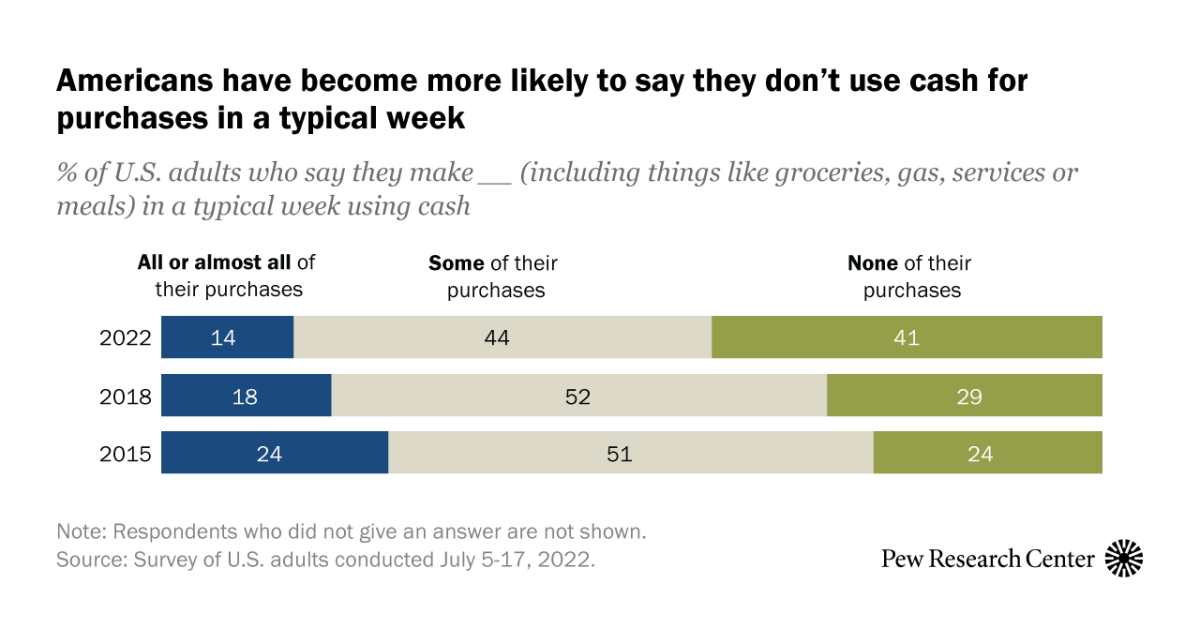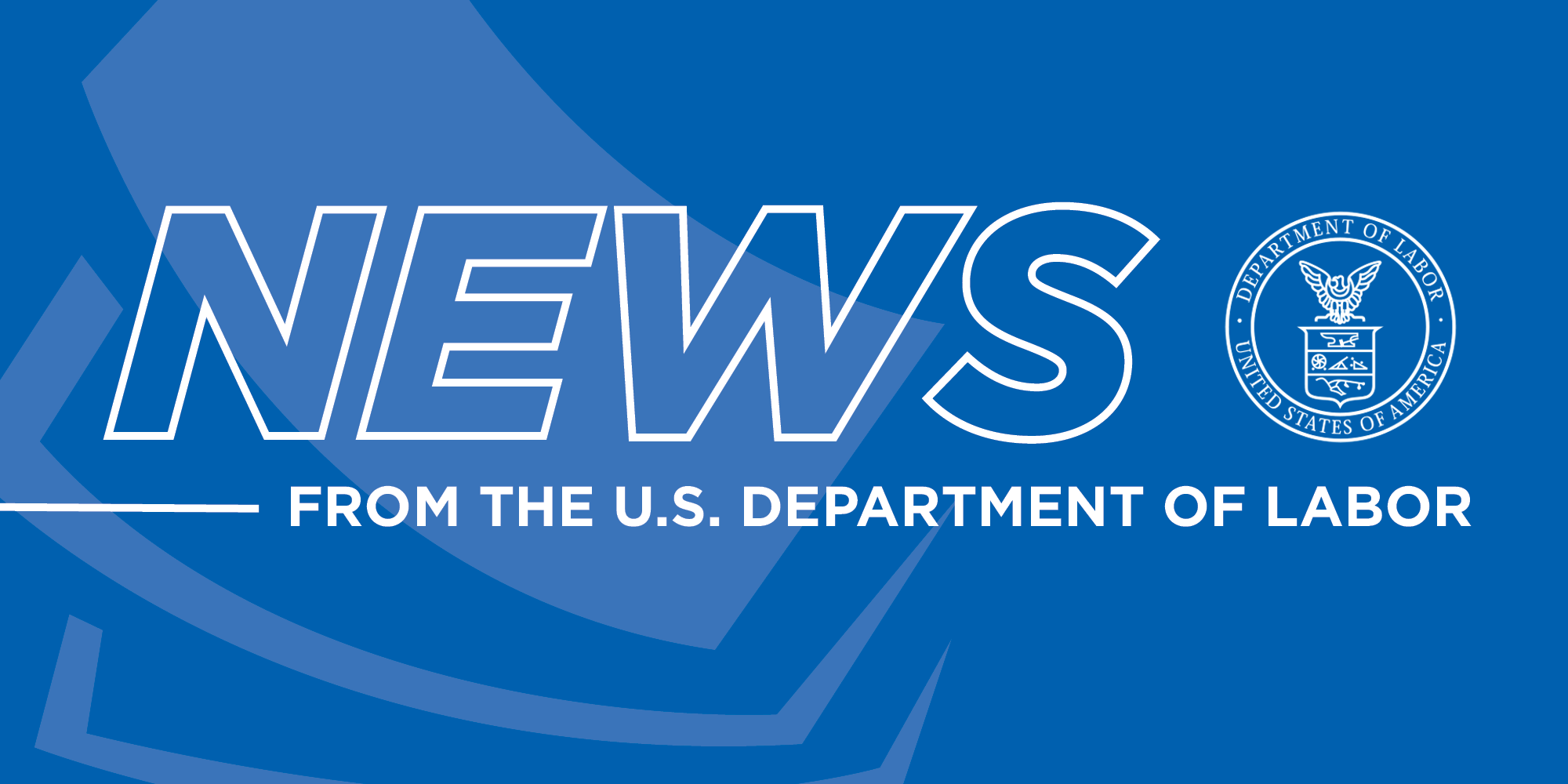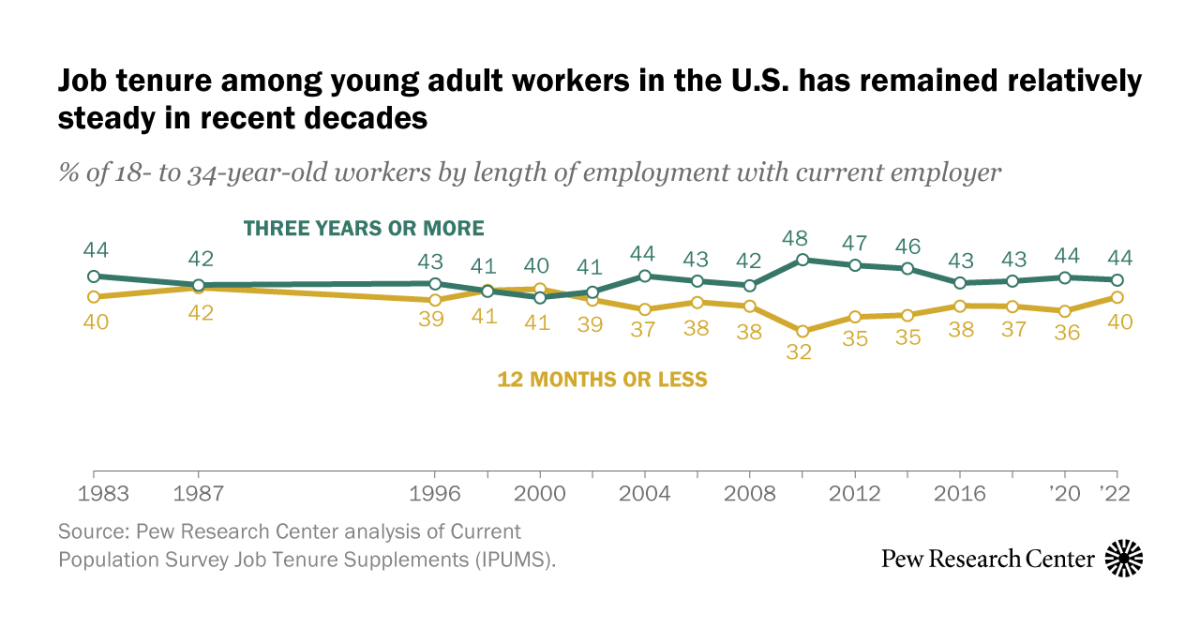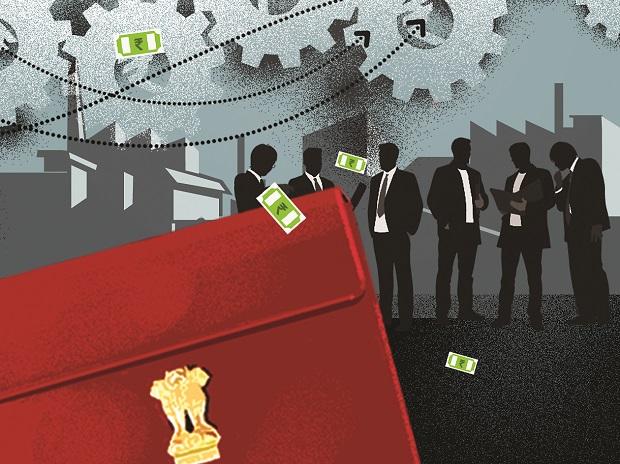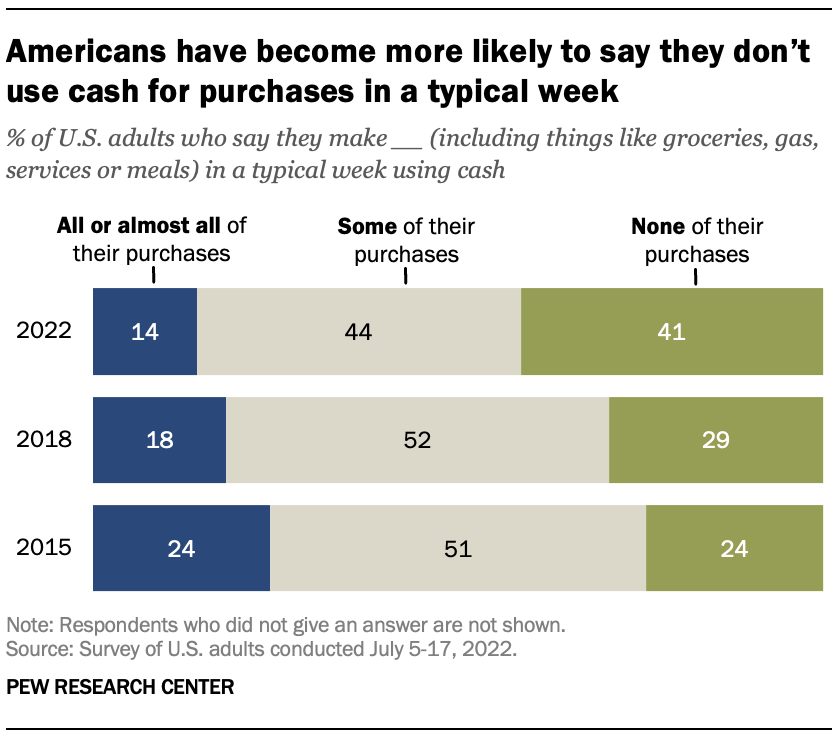
In less than a decade, the share of Americans who go “cashless” in a typical week has increased by double digits. Today, roughly four-in-ten Americans (41%) say none of their purchases in a typical week are paid for using cash, up from 29% in 2018 and 24% in 2015, according to a new Pew Research Center survey.
Conversely, the portion of Americans who say that all or almost all of their purchases are paid for using cash in a typical week has steadily decreased, from 24% in 2015 to 18% in 2018 to 14% today. Still, roughly six-in-ten Americans (59%) say that in a typical week, at least some of their purchases are paid for using cash.
Pew Research Center conducted this study to better understand Americans’ use of cash for everyday purchases and how this practice has changed over time. For the new material in this analysis, the Center surveyed 6,034 U.S. adults from July 5-17, 2022. This included 4,996 respondents from the Center’s American Trends Panel (ATP), an online survey panel that is recruited through national, random sampling of residential addresses. This way nearly all U.S. adults have a chance of selection. It also included an oversample of 1,038 respondents from Ipsos’ KnowledgePanel. The survey is weighted to be representative of the U.S. adult population by gender, race, ethnicity, partisan affiliation, education and other categories. Read more about the ATP’s methodology.
Here are the questions, responses and methodology used for this analysis.
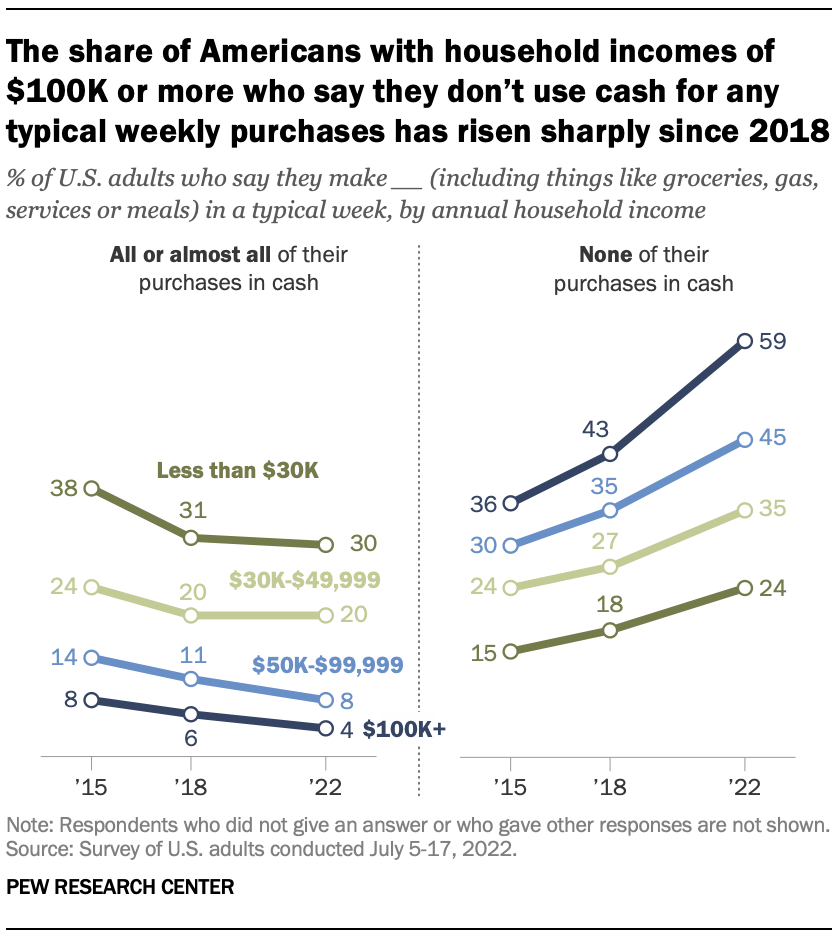
Americans with lower incomes continue to be more reliant on cash than those who are more affluent. Three-in-ten Americans whose household income falls below $30,000 a year say they use cash for all or almost all of their purchases in a typical week. That share drops to 20% among those in households earning $30,000 to $49,999 and 6% among those living in households earning $50,000 or more a year.
Even so, growing shares of Americans across income groups are relying less on cash than in previous years. This is especially the case among the highest earners: Roughly six-in-ten adults whose annual household income is $100,000 or more (59%) say they make none of their typical weekly purchases using cash, up from 43% in 2018 and 36% in 2015.
There are also differences by race and ethnicity in cash usage. Roughly a quarter of Black adults (26%) and 21% of Hispanic adults say that all or almost all of their purchases in a typical week are paid for using cash, compared with 12% of White adults who say the same.
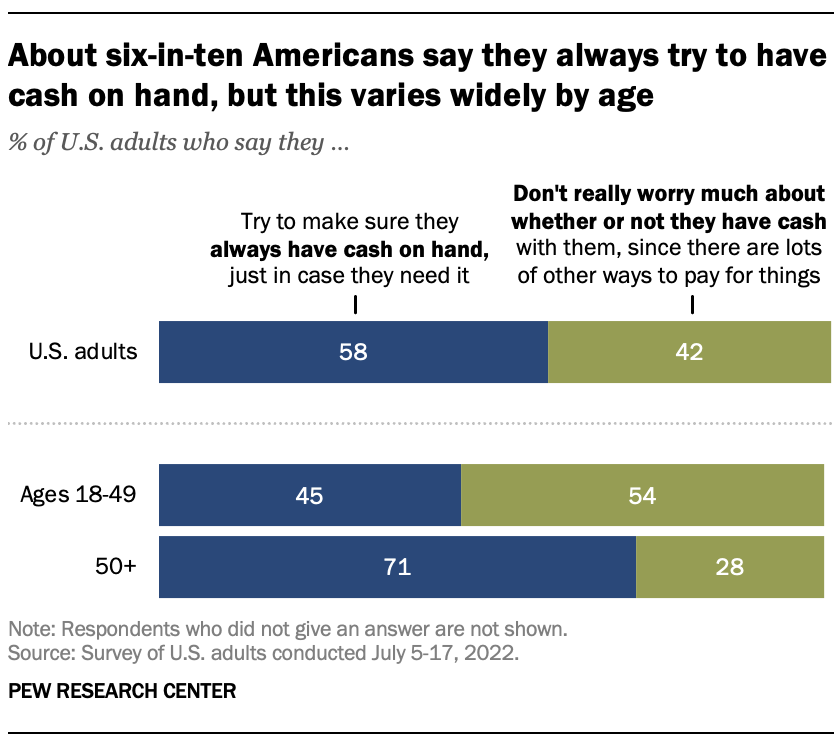
Even though cash is playing less of role in people’s weekly purchases, the survey also finds that a majority of Americans do try to have cash on hand. About six-in-ten adults (58%) say they try to make sure they always have cash on hand, while 42% say they do not really worry much about whether they have cash with them since there are other ways to pay for things. These shares have shifted slightly through the years.
As was true in previous surveys, Americans’ habits related to carrying cash vary by age. Adults under 50 are less likely than those ages 50 and older to say they try to always have cash on hand (45% vs. 71%). And just over half of adults younger than 50 (54%) say they don’t worry much about whether or not they have cash on them, compared with 28% of those 50 and older.
Note: Here are the questions, responses and methodology used for this analysis.

